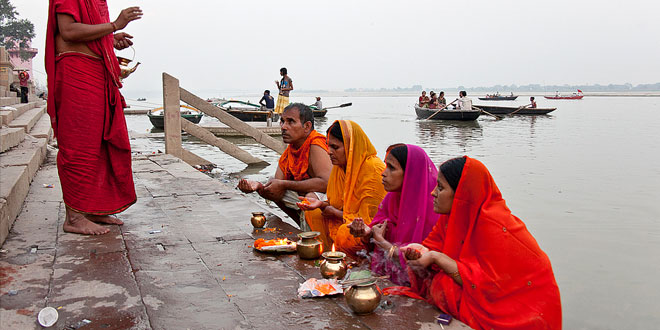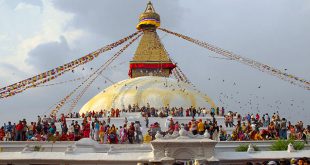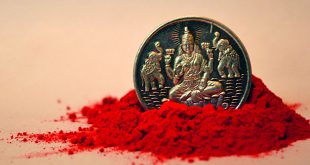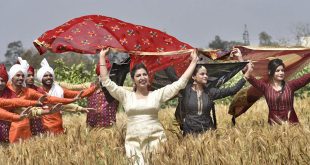Chhath Puja Custom And Ritual In Hindus: Only six days after Deepawali, another popular Hindu festival arrives, Chhath Puja in India and Nepal. It is a festival dedicated to honoring and glorifying the Hindu Sun God (Surya), for sustaining all life on earth and also for fulfillment of certain wishes. A period of abstinence and ritualistic segregation from the main household for four days has to be followed by the worshiper. During this period, the worshiper observes ritual purity and sleeps on the floor on a single blanket. The celebrations begin two days before the actual worship when the devotees take a cleansing dip in the water, preferably on the banks of River Ganges, and bring back some water to prepare the offerings. The whole household and surroundings are thoroughly cleaned.
Chhath Puja Custom And Ritual:
On the next day, a fast is observed by the devotees and is broken only in the evening, a little after sunset, after performing the worship at home. Offerings typically comprise of rice porridge, puris, and bananas that are shared among the family, friends, and relatives. From this moment onward, till the next day (third day), when actual Chhath Puja is performed, a 36 hour long fast begins. Much of whole of the third day is spent by the family members in preparing the offerings at home. It’s the women of the household who are indulged in the preparations. Before the offerings are prepared, the whole of the kitchen including the stoves, utensils, and frying pans are ritualistically cleaned. A bath before entering the kitchen is also a must for everyone.
Chhath Puja Evening Custom: In the evening, the devotees move towards the river bank, a pond or a common water body to offer prayers and praises and to make offerings to the setting sun. It is at this phase of Chhath Puja that families, friends, and relatives gather together to seek blessings from the worshiper. It’s also a ritual that the regional folk songs that have passed on from generations are sung by the devotees. These songs reflect the history, culture, and mythology of each state in which the ritual is performed. Modern day Chhath songs are also commonly played but the old tradition is still followed with much sincerity. On the evening of this day, the colorful event called Kosi takes place, after prayers and offerings have been made to the setting sun.
As per Kosi, it is a custom, especially if a marriage or childbirth has took place in a family, to light the earthen lamps placed on five sugarcane sticks, representing five great elements: Earth, Fire, Water, Air, and Ether. On the fourth and final day of Chhath Puja, the devotees once again move towards the river bank or other water body to offer prayers and make offerings to the rising sun. It is after this that the 36 hour long fast is broken by the devotees by eating the same offerings or Prasad. After this, the Prasad is distributed among the family members and friends, or anyone who asks for it. These offerings consist of deep fried sweet rolls of ground wheat flour, grapefruit, coconuts, bananas, and grains of lentils. Watching this multitude of devotees performing the ritual at the break of dawn is a sight to behold.
 Kids Portal For Parents India Kids Network
Kids Portal For Parents India Kids Network







